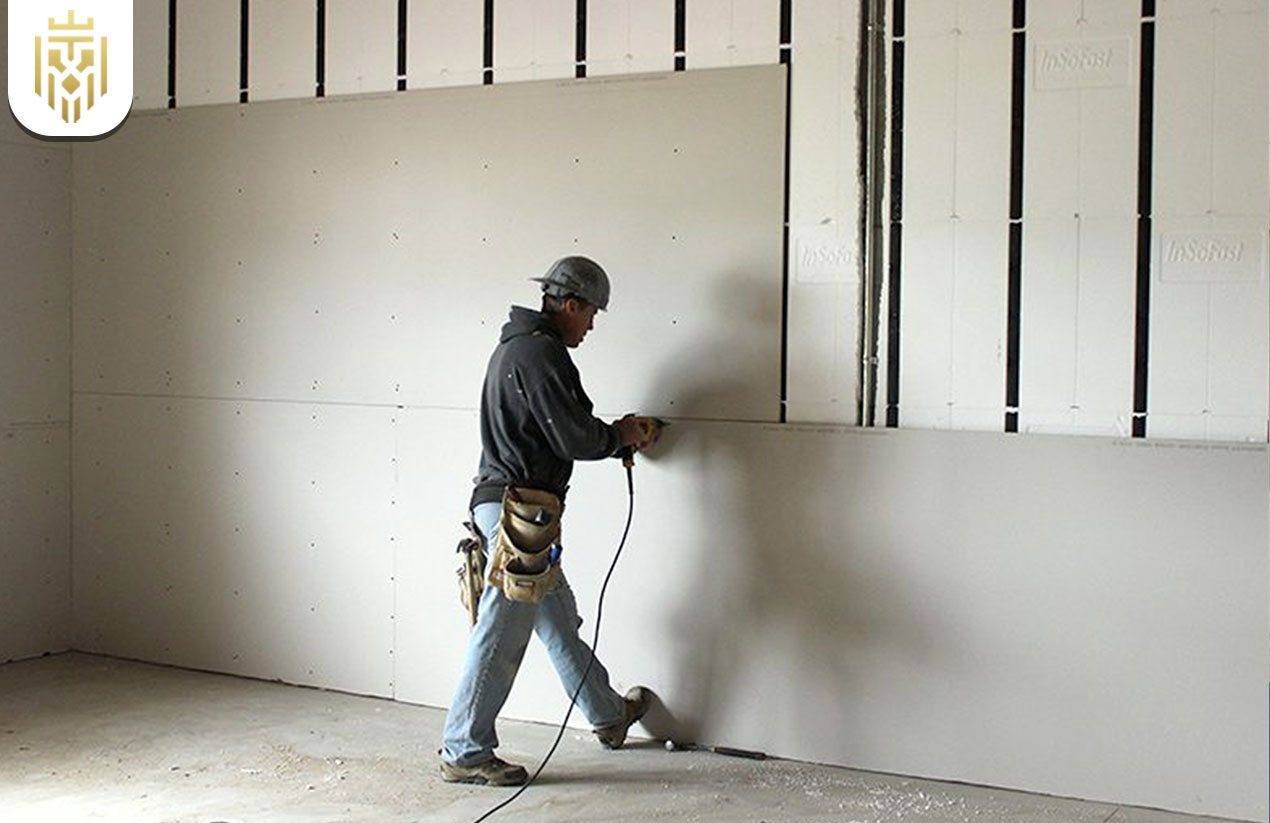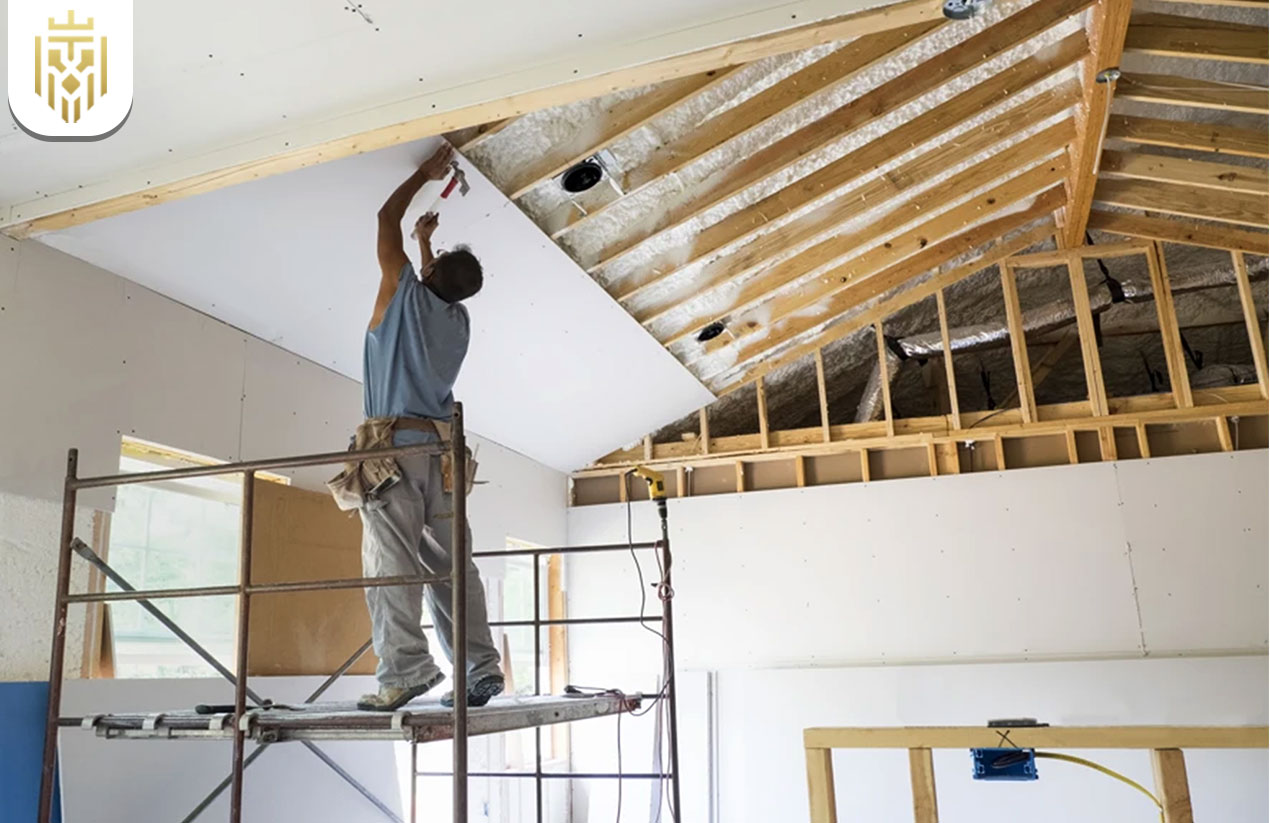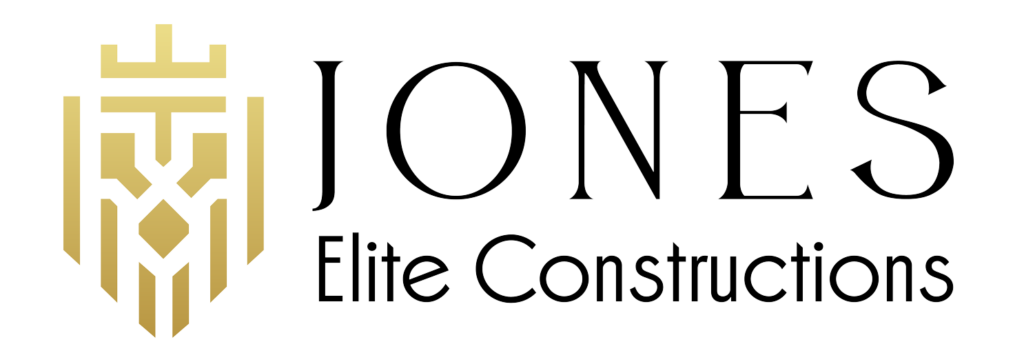What is Drywall?
Drywall is meant for interior walls and ceilings. The material consists of a gypsum core pressed between two sheets of paper and is appreciated for its ease of use, cheap price, and smooth finish. It has become the trend in residential and commercial construction, where it works neatly and fast with versatile applications.
Benefits of Installing Drywall

Drywall offers a range of functional and aesthetic advantages for homeowners and builders.
Fire and Moisture Resistance
Several types of drywall exhibit fire-resistance and moisture-resistance characteristics, thus rendering their installation highly recommended in kitchens, bathrooms, and utility rooms wherein safety and durability are of utmost relevance.
Quick and Easy Installation
Considering its lightweight nature, drywall walls can be installed faster than traditional plaster walls. Given good tools and proper time management, installation may be completed within a few days.
Offers Smooth and Clean Finish
Drywall creates a nice, smooth surface for painting, wallpapering, or decorative treatments, which is essential for any interior design scheme.
Sound Insulation
Specialized drywall options offer soundproofing qualities, reducing noise transfer between rooms and improving overall home comfort.
Easy to Repair and Modify
Drywall can be patched easily when damaged, and it’s simple to cut into for installing fixtures like outlets, lighting, or new shelving.
How to Install Drywall?

Installing drywall is a step-by-step process that requires precision, patience, and the right tools. Here’s how to do it correctly.
Gather Tools and Materials Required
Before starting, have your tools ready: a utility knife, T-square, measuring tape, power drill, drywall screws, drywall saw, joint tape, and joint compound.
Pick the right kind of drywall for the environment
Choose the appropriate type of drywall for the space. Moisture-resistant drywall is suitable for bathrooms and basements, while standard drywall is fine for living rooms and bedrooms.
Measure and Cut the Drywall
Using a measuring tape, measure the size needed for each sheet. Score along your line with a utility knife and T-square; snap the drywall sheet cleanly at this line.
Hang Drywall on Walls
Go from top to bottom. Place the drywall sheet against the studs and screw drywall screws into the sheet every 16 inches. Try to keep edges on the middle of a stud to allow fastening.
Cut Openings for Fixtures
Cut the area of electrical outlets or switches with any wall fixture using the drywall saw. Measure twice and cut once.
Stagger the Seams
By staggering the seams between sheets, one improves the strength of the drywall and lessens the possibility of cracks evolving in the future.
Tape the Joints and Apply Joint Compound
Drywall tape is placed over seams and corners, and with a drywall knife, the joint compound is spread over the tape. When the first coat dries, apply additional coats to create a perfect finish.
Sand Smooth and Clean
After being dried, smooth and sand with very fine sandpaper; wipe dust off for clean finishing purposes.
Apply Prime and Paint
Prime the drywall to seal the surface and prepare it for painting. After the coat of primer is dried, the paint in the desired colors can be applied.
Common Mistakes to Avoid while Installing Drywall
Even a straightforward drywall project can suffer from common errors that affect the final result. Here are a few to watch out for.
Overdriving Screws
If the screw goes in too far, it damages the paper face of the drywall, weakening its grip on the studs. The screw should be sunk just below the surface without breaking the paper.
Poor Seam Taping
Inadequately taped joints show lines or cracks. Spend ample time taping your seams and applying enough compound to create a smooth transition.
Skipping Surface Preparation
Not cleaning or priming will give you uneven paint and poor adhesion. Prepare the surface well before applying finishes.
FAQs
1) How long does it take to install drywall?
Depending on the size of the area and whether you are working alone or with help, the duration varies. On average, for a single room, it may take 1-3 days, from hanging to sanding.
2) How to Install Drywall?
Drywall installation involves measuring, cutting, fastening to wall studs, taping, applying joint compound, sanding, and painting. Each process must be followed thoroughly to ensure a smooth surface at the end.
3) When should I hire a professional?
Hire a professional if the job is large-scale, involves ceilings, or requires precision work in areas like kitchens and bathrooms where moisture resistance and seamless installation are critical.
4) What type of drywall is best for bathrooms or kitchens?
Moisture-resistant drywall (often green board or purple board) is best for these areas, as it helps prevent mold and mildew in high-humidity environments.









